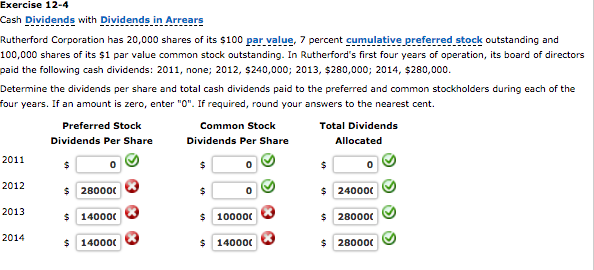
This often happens when the checks are written in the last few days of the month. Regardless of how you do it, reconciling your bank account can be a priceless tool in your 40+ free invoice templates personal finance arsenal. Preparing a bank reconciliation requires a company to take a step by step approach. The easiest step by step approach to preparing bank reconciliation is through a 5-step process.
If you’re finding withdrawals that aren’t listed on the bank statement, do some investigation. If it’s a missing check withdrawal, it’s possible that it hasn’t been cashed yet or wasn’t cashed by the statement deadline. How you choose to perform a bank reconciliation depends on how you track your money.
Identify errors with check deposits
If you’re interested in automating the bank reconciliation process, be sure to check out some accounting software options. To quickly identify and address errors, reconciling bank statements should be done by companies or individuals at least monthly. They also can be done as frequently as statements are generated, such as daily ocean storytelling photography grants or weekly. For example, say ABC Holding Co. recorded an ending balance of $500,000 on its records.

Adjusting unrecorded differences
- By comparing your company’s internal accounting records to your bank statement balance, you can confirm that your records are accurate and analyze the reasons behind any potential discrepancies.
- If not, you’re most likely looking at an error in your books (or a bank error, which is less likely but possible).
- If the charges are not from your bank, the bank can also help you identify the source so that you can prevent any fraud or theft risk.
- Bank reconciliation statements compare transactions from financial records with those on a bank statement.
The reconciliation of bank statements is a critical step in maintaining accurate financial records for any business, ensuring that the company’s accounting records are up-to-date and accurate. By reconciling bank statements regularly, business owners can identify any missing or duplicate transactions, bank errors, or fraudulent activity early on, before they pose significant challenges. As mentioned above, timing differences do not require any adjustments in the bank book balance. Therefore, these items need to be part of the bank reconciliation statement only. For timing differences, the company must cancel out the effect of outstanding checks and deposits in transit. We’ll explore the definition of bank reconciliation, why it’s important, and a step-by-step process for performing bank reconciliations.
It’s true that most accounting software applications offer bank connectivity, which can speed up the reconciliation process immensely. However, connecting your accounting software to your bank or financial institute does not take the place of doing a month-end bank reconciliation. First, make sure that all of the deposits listed on your bank statement are recorded in your personal record. If not, add the missing deposits to your records and your total account balance. Recording transactions on the general ledger or subledger as soon as they occur helps reduce errors and makes the reconciliation process more manageable.
The purpose of reconciling bank statements with your business’ cash book is to ensure that the balance as per the passbook matches the balance as per the cash book. Discrepancies in bank reconciliations can arise from data processing errors or delays and unclear fees at the bank. Unpredictable interest income may also be a challenge when calculating financial statements, which can lead to challenges during a bank reconciliation. Conducting regular bank reconciliation helps you catch any fraud risks or financial errors before they become a larger problem. This includes everything from major fraud and theft to accounting miscalculations, insufficient funds, and incomplete or duplicated payments. Outstanding checks are those that have been written and recorded in the financial records of the business but have not yet cleared the bank account.
Simplifies Tax Filing and Financial Reporting
As a result, your balance as per the passbook would be less than the balance as per the cash book. In this instance, your bank has recorded the receipts in your business account at the bank, while you haven’t recorded this transaction in your cash book. As a result, the balance shown in the bank passbook would be more than the balance shown in your company’s cash book. Compare the business’s financial records to the bank statement to spot the errors. This can be accomplished by matching transactions, and then adding or deducting any transactions that do not align to balance the total amounts. By comparing your company’s internal accounting records to your bank statement balance, you can confirm that your records are accurate and analyze the reasons behind any potential discrepancies.
After careful investigation, ABC Holding found that a vendor’s check for $20,000 hadn’t been presented to the bank. It also missed two $25 fees for service charges and non-sufficient funds (NSF) checks during the month. Bank reconciliation statements are effective tools for detecting fraud, theft, and loss. For example, if a check is altered, the payment made for that check will be larger than you anticipate. If you notice this while reconciling your bank accounts, you can take measures to halt 13 things bookkeepers do for small businesses the fraud and recover your money.
Many companies may choose to do additional bank reconciliations in situations that involve large sums of money or that show unusual financial activity. This can include large payments and deposits or notifications of suspicious activity from your bank. In this day of electronic banking, many people believe completing a bank reconciliation is no longer necessary. Incorrectly recording transactions in the accounting system can result in errors in the balance sheet and bank statement, making it challenging to reconcile. Non-sufficient funds (NSF) checks are recorded as an adjusted book-balance line item on the bank reconciliation statement.